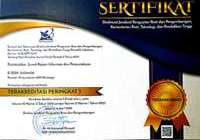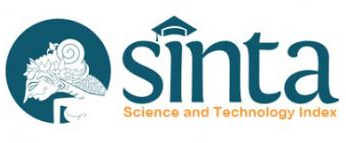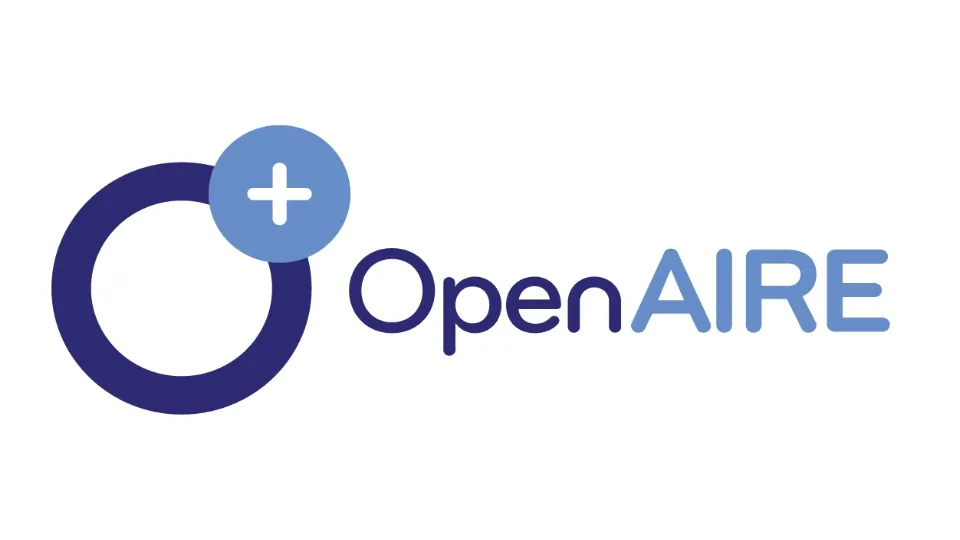Implementasi Functional Requirement Bibliographic Resources (FRBR) dan Dampaknya pada Katalog Modern
DOI:
https://doi.org/10.21154/pustakaloka.v9i1.955Keywords:
Functional Requirement Bibliographic Resources, Interoperability, Metadata,Abstract
A dynamic change in the collection management system encourages the libraries to re-new their cataloguing system. Functional Requirement Bibliographic Resources (FRBR) is an alternative cataloguing system to replace Anglo American Cataloguing Rules. International Federation of Library Association (IFLA) developed FRBR in 1997 and the FRBR stimulated the discussions among the librarians and their stakeholders. The purpose of this essay is to discuss the contribution FRBR for modern cataloguing and to argue the importance applying FRBR in the modern catalogues. FRBR has a positive contribution for developing the metadata. FRBR overcomes the interoperability issue by providing a standard of metadata. In addition, FRBR improves the accuracy in the information retrieval by using entity relationships. Meanwhile, there was an assumption that the financial and human development issues would interrupt the implementation of FRBR. However, applying FRBR gives more advantages rather than its drawbacks. Firstly, FRBR reduces the workload in the cataloguing process by avoiding data redundancies. Secondly, FRBR reduces the operational expense. Thirdly, FRBR has an ability to connect the complex metadata structure by using Resource Definition Framework (RFD) and Universal Resources Identifier (URI). Both RFD and URI features improve the accuracy of search engine for digital objects. In conclusion, FRBR gives a positive contribution for modern cataloguing due to effectivity in the retrieving information and efficiency in the cataloguing process.
References
Beall, J, 2006. Some reservations about FRBR, Library Hi Tech News, vol. 23, no. 2, pp. 15-16.
Croissant, CR, 2012. FRBR and RDA: what they are and how they may affect the future of libraries, Theological Librarianship: An Online Journal of the American Theological Library Association, vol. 5, no. 2, pp. 6-22.
Jonsson, G, 2003. The basis for a record: in the light of Functional Requirements for Bibliographic Records, IFLA Journal-International Federation of Library Associations, vol. 29, no. 1, pp. 41-46.
Oliver, C, 2010. Introducing RDA: A guide to the basics, American Library Association, Chicago
Kelley, S, 2014. RDA and the future of machine-generated bibliographic records, Technicalities, vol. 34, no. 3, pp. 10-11,16-17.
Tillett, B, 2005. What is FRBR? a conceptual model for the bibliographic universe, The Australian Library Journal, vol. 54, no. 1, pp. 24-30.
Downloads
Published
Issue
Section
License
Requirements to be met by the author as follows:
- Author storing copyright and grant the journal right of first publication manuscripts simultaneously with licensed under the Creative Commons Attribution License that allows others to share the work with a statement of the work's authorship and initial publication in this journal.
Authors can enter into the preparation of additional contractual separately for non-exclusive distribution of a rich version of the journal issue (eg: post it to an institutional repository or publish it in a book), with the recognition of initial publication in this journal.
Authors are allowed and encouraged to post their work online (eg, in institutional repositories or on their website) prior to and during the submission process, because it can lead to productive exchanges, as well as citations earlier and more severe than published works. (see The Effect of Open Access).















